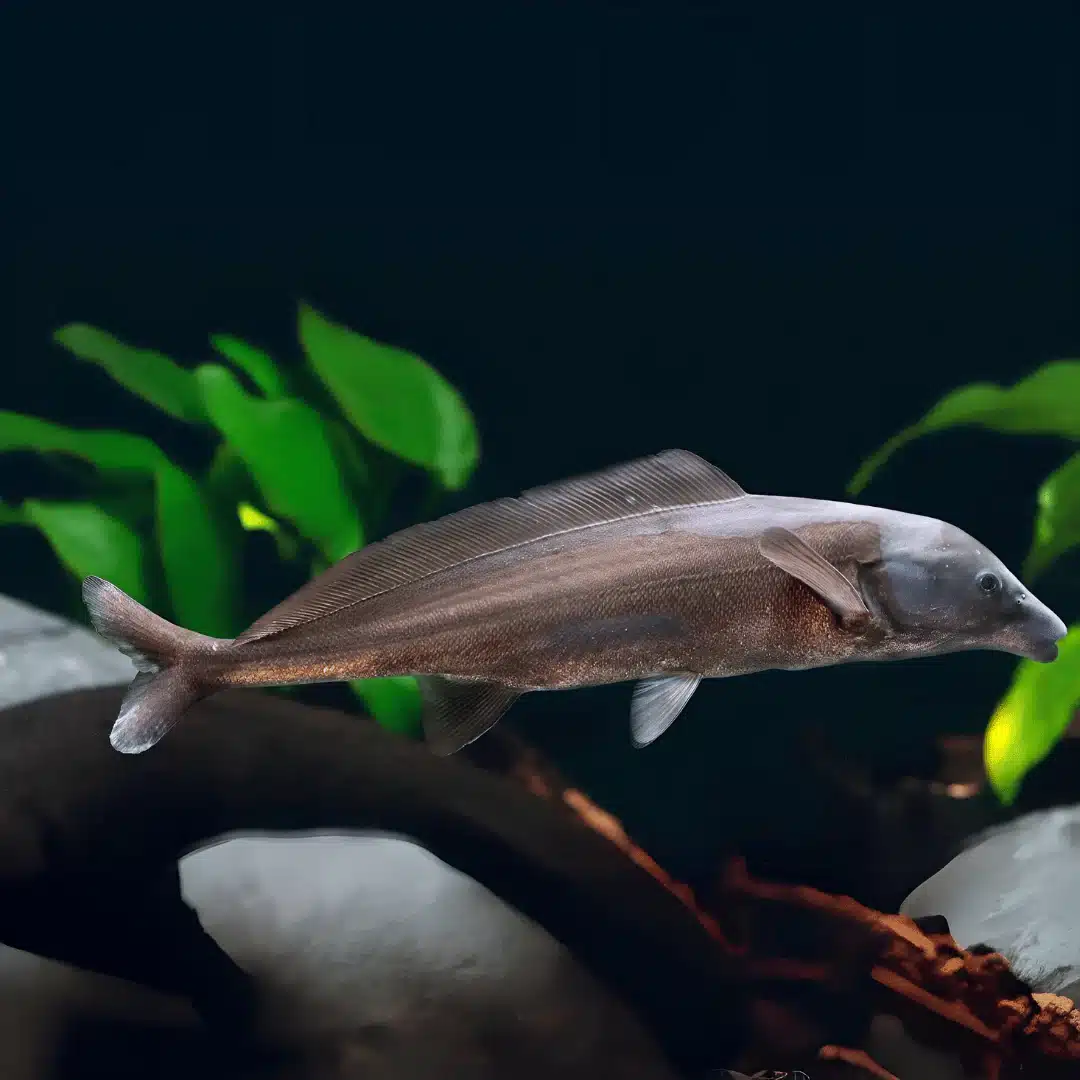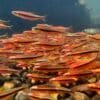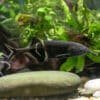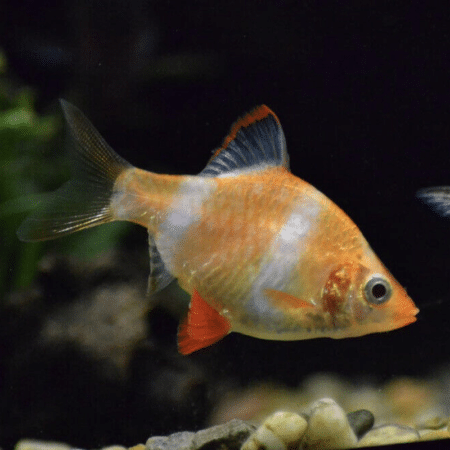To provide the best experiences, we use technologies like cookies to store and/or access device information. Consenting to these technologies will allow us to process data such as browsing behaviour or unique IDs on this site. Not consenting or withdrawing consent, may adversely affect certain features and functions.
The technical storage or access is strictly necessary for the legitimate purpose of enabling the use of a specific service explicitly requested by the subscriber or user, or for the sole purpose of carrying out the transmission of a communication over an electronic communications network.
The technical storage or access is necessary for the legitimate purpose of storing preferences that are not requested by the subscriber or user.
The technical storage or access that is used exclusively for statistical purposes.
The technical storage or access that is used exclusively for anonymous statistical purposes. Without a subpoena, voluntary compliance on the part of your Internet Service Provider, or additional records from a third party, information stored or retrieved for this purpose alone cannot usually be used to identify you.
The technical storage or access is required to create user profiles to send advertising, or to track the user on a website or across several websites for similar marketing purposes.

 German Blue Ram (M/F Pair) – Ramirezi Dwarf Cichlids, Vibrant and Social Fish for Planted Aquariums, Provide a Thriving Home for These Beautiful Freshwater Cichlids
1 × £10.00
German Blue Ram (M/F Pair) – Ramirezi Dwarf Cichlids, Vibrant and Social Fish for Planted Aquariums, Provide a Thriving Home for These Beautiful Freshwater Cichlids
1 × £10.00 













Emily Carter (verified owner) –
I recently added the Elephant Nose Knifefish to my 75-gallon freshwater aquarium, and I couldn’t be more thrilled! After just two weeks of having him, he has become one of the stars of the tank. His gentle nature and fascinating swimming style are a joy to watch. The way he uses his long snout to explore every nook and cranny is truly mesmerizing. He thrives in a well-planted tank, which I’ve taken great care to create. The lush vegetation seems to make him feel safe, and he often hides amongst the plants, which I love because it adds to the overall beauty of my aquarium.
I initially considered other tropical fish, but none seemed to match the unique characteristics of the Mormyrus longirostris. Compared to other fish, his calm demeanor and interesting interactions make him a standout. Just a tip for potential buyers: ensure you provide ample space and appropriate tank mates, as they can be shy and prefer a peaceful environment. This fish is perfect for hobbyists who appreciate a bit of elegance and personality in their aquariums. I wholeheartedly recommend the Elephant Nose Knifefish to anyone looking to enhance their freshwater fish collection!